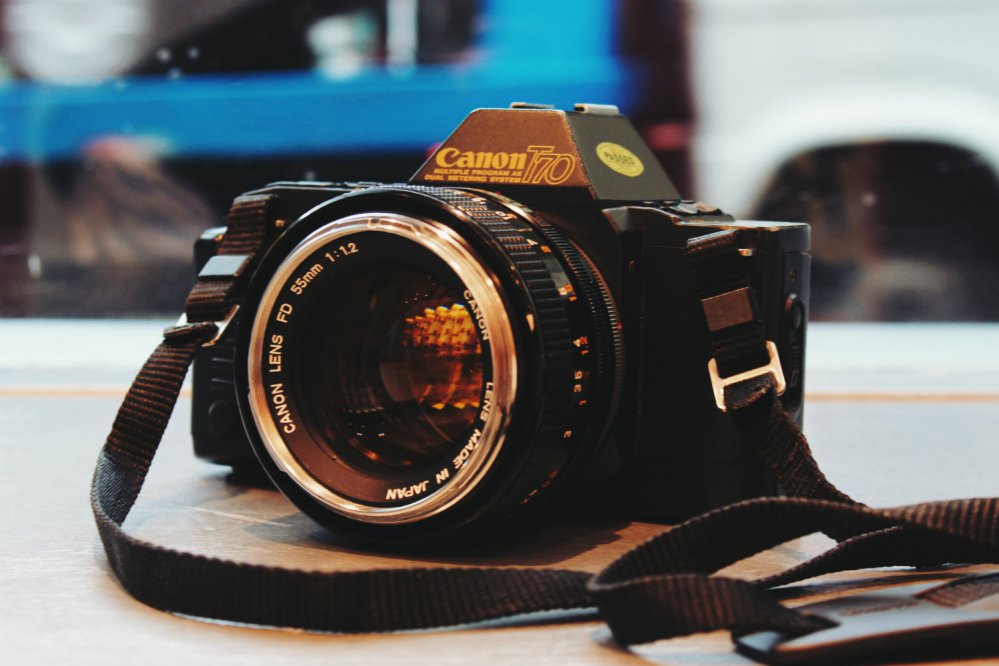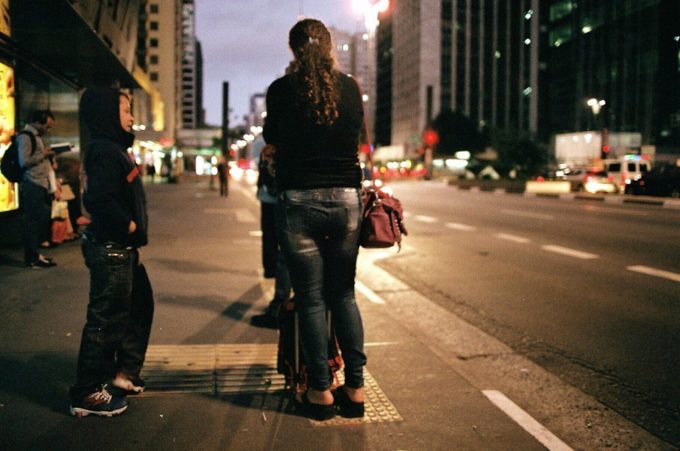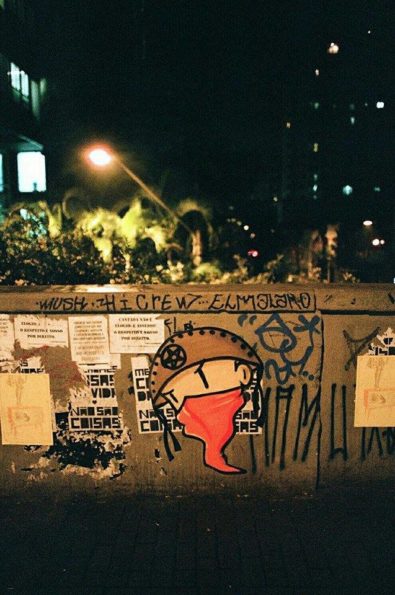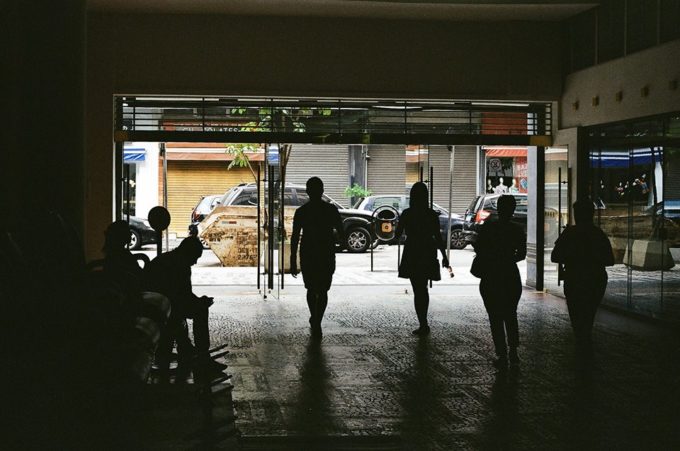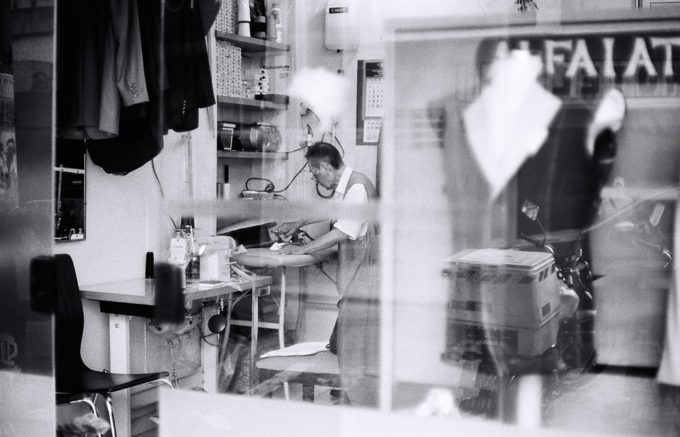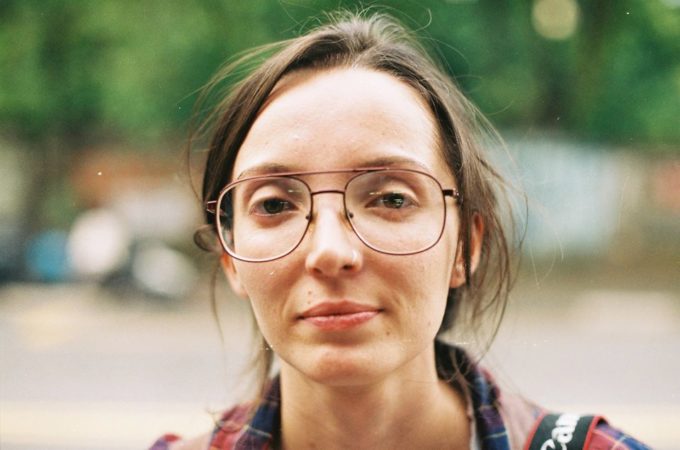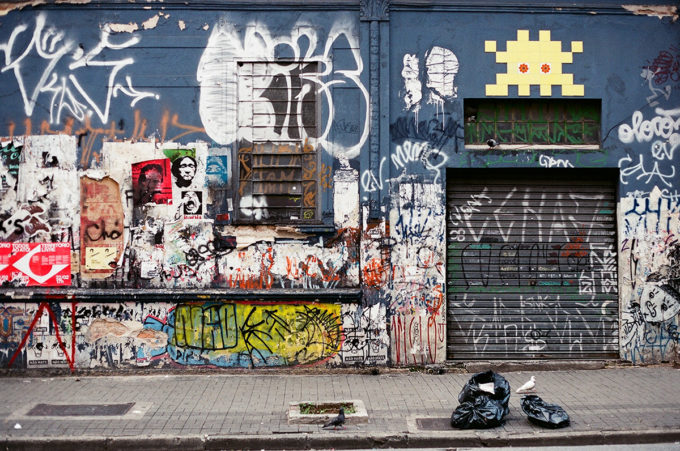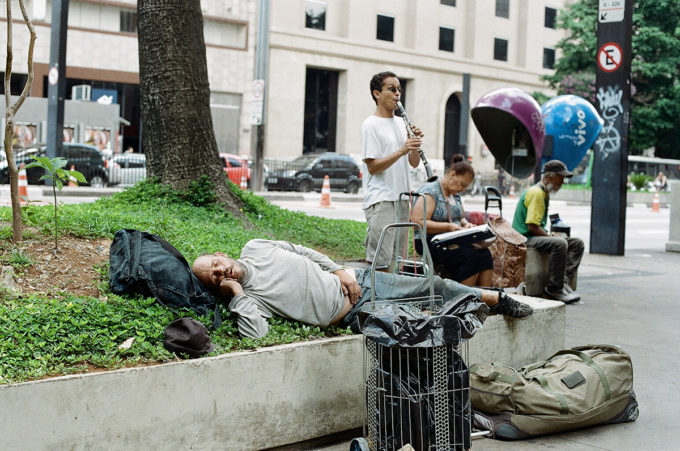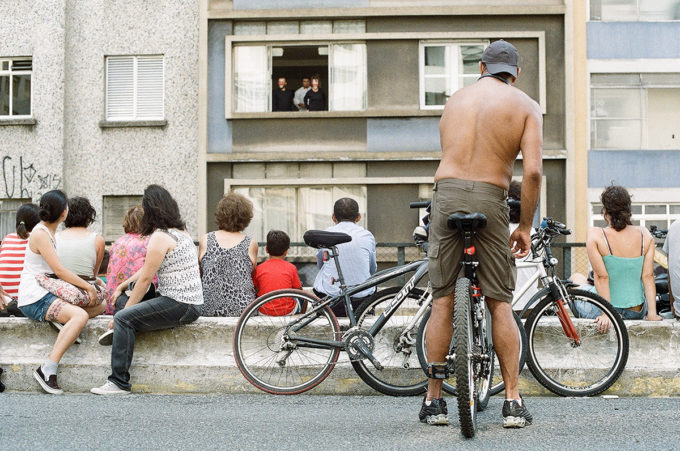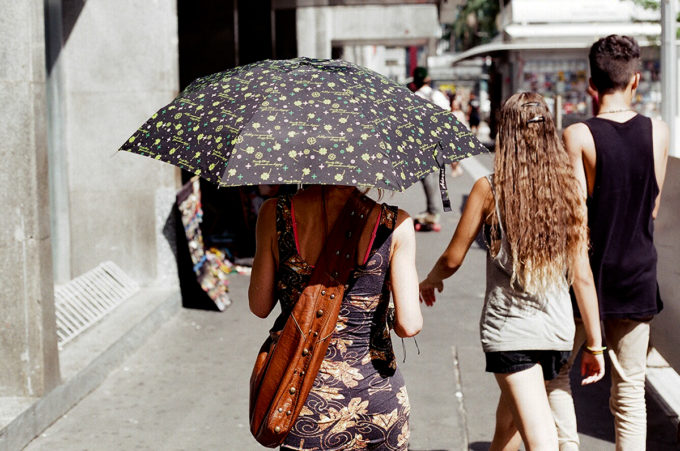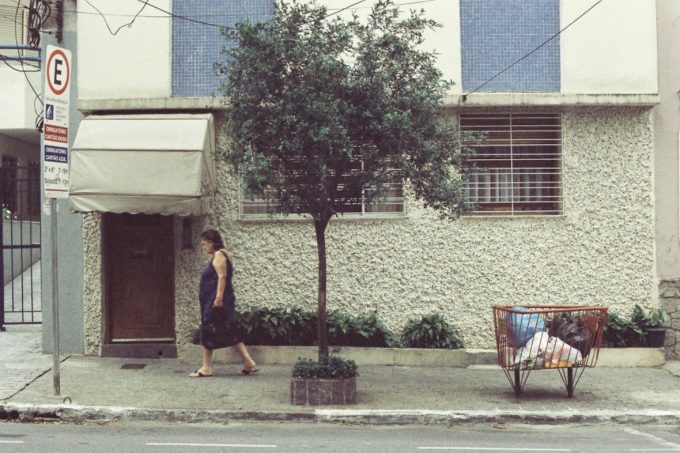All images by Bruno Massao. Used with permission. Be sure to follow him on Instagram.
When Chris published the article “An Ode to a Now Popular Film Rangefinder Camera”, I had a memory overflow. I’ve thought about all the cameras that had passed through my hands, from my first camera – a Canon EOS 1000 – to the cameras I currently used. When Chris said “we have a camera that really was a companion in a way”, I could think of none other than my Canon T70.
For starters, I’ve actually never intended to get one – but I’m sure glad I did it.
It all takes me back to 2013. Back in 2012, when I restarted to shoot on film (from 2008 to 2011 I’ve had shot only with digital gear), I’ve bought my first FD-mount camera: a Canon AE-1 with the standard lens FDn 50mm f/1.8. This kit was my best friend for a long time, until the electronics inside the body started to give up – and the camera eventually died. At that time, I’ve decided not to invest in another mount system – I’ve already had the EOS to worry about – so I kind of let it go for a while.
A year had passed and I went through a lot of lucky stuff, including being gifted with a mint Canon F-1 and its original kit lens, the FD 55mm f/1.2 S.S.C. I’ve tried to use the F-1, but since its viewfinder wasn’t as good as the AE-1, it wasn’t easy to focus – especially with a f/1.2 lens – I’ve decided to search for another FD-mount body. A lot of cameras were considered, but the only point I had in mind was the viewfinder: it had to be a bright and large one.
So, one day, a friend of mine said “hey, are you still looking for a FD-mount camera? I have a T70 sitting in my closet since I’ve bought this OM-1” and gave it to me. As soon as I got it, I knew it was the perfect camera body that I was looking for. It was small, lightweight and had a very big viewfinder, which made focusing a lot easier – even with my f/1.2 lens. The T70 became my best friend. I’d just left it in my backpack and, whenever I wanted, I took it out to shoot. I started to walk more because of it, just shooting unusual stuff on the streets, especially at night. One of the best features of the T70 was its lightmeter, which absolutely killed it. I don’t think that there was a photo that came out under or overexposed – I could miss the focus, but not the metering.
Talking about metering, the camera does have a lot of shooting modes for an 1983 camera. It had three instances of Program Auto Exposure: the Program AE, which just calculated shutter speed and aperture in correlation with you film speed; the Wide Program AE and the Tele Program AE, which did the same thing, but prioritizing a deeper and shallow DOF respectively. It also offered full manual mode and both shutter and aperture priority – the aperture priority, in the T70, was actually called “Stopped-down AE”, and only worked with FL-mount lenses. The T70 also had two modes for flash usage, one for the Canon Speedlite 277T, and one for every other electronic flash – including non-Canon flashes.
Perfect, right? And so I was damn happy that I had found the perfect camera for me. It could go with long strolls at night, parties, burger joints and coffee shops. I could also shoot some portraiture, or even just plain street photography. The possibilities were endless.
But since there’s no such thing as a perfect camera, the T70 had a huge flaw in its design: the battery cover. It just broke, and it will break down. Since there’s no easy repair pieces to be found, I had to strip down another T70 body for this part. It would be okay if I had done just once, but no – the more you use the T70, the more this part is prone to break down. And it becomes annoying after the fourth or fifth time you had to strip down another body just for a damn battery cover.
So, in the end, I kind of give up on my T70. It was a great camera, and even better as a companion camera – it’s lightweight, it has a great viewfinder and also a great metering system. The T70 had everything that I wanted – and offered even more – but, like any other electronic camera from the early 80’s, you’ll need to have some spare bodies lying around your house for repairs.
We’ve interviewed Bruno about intimate portraiture and street photography; but also be sure to check out his website.


